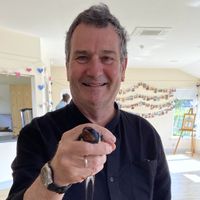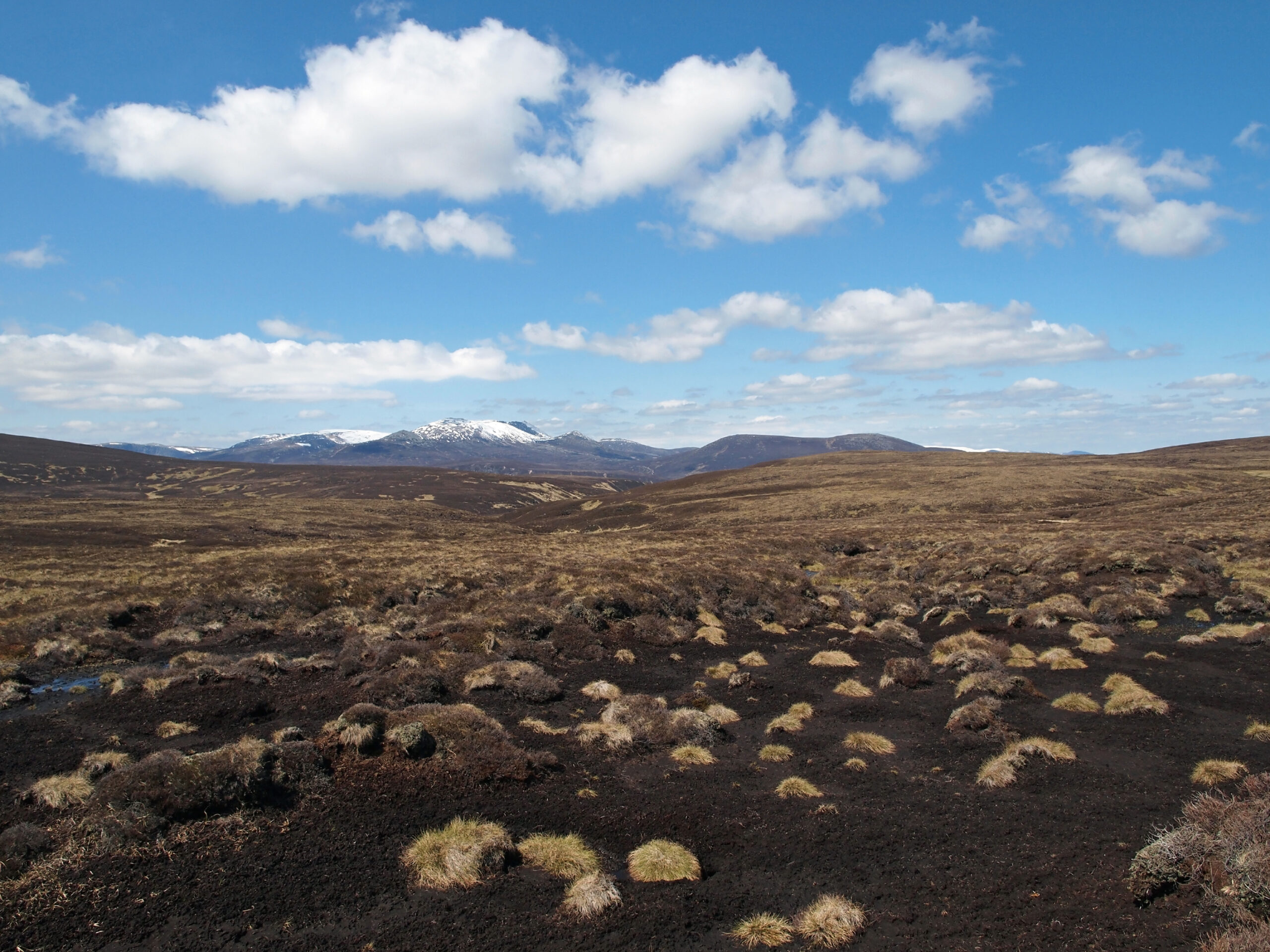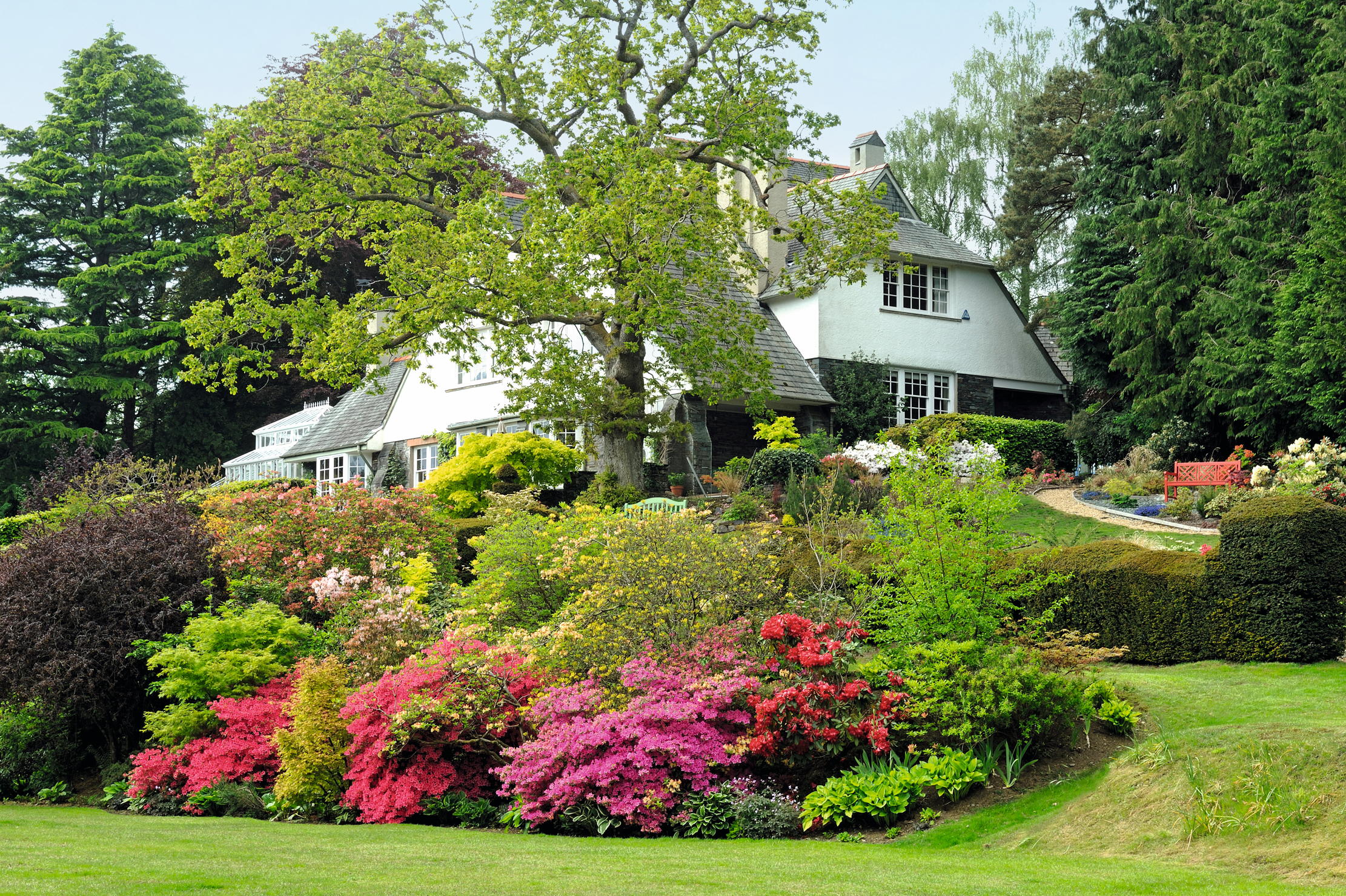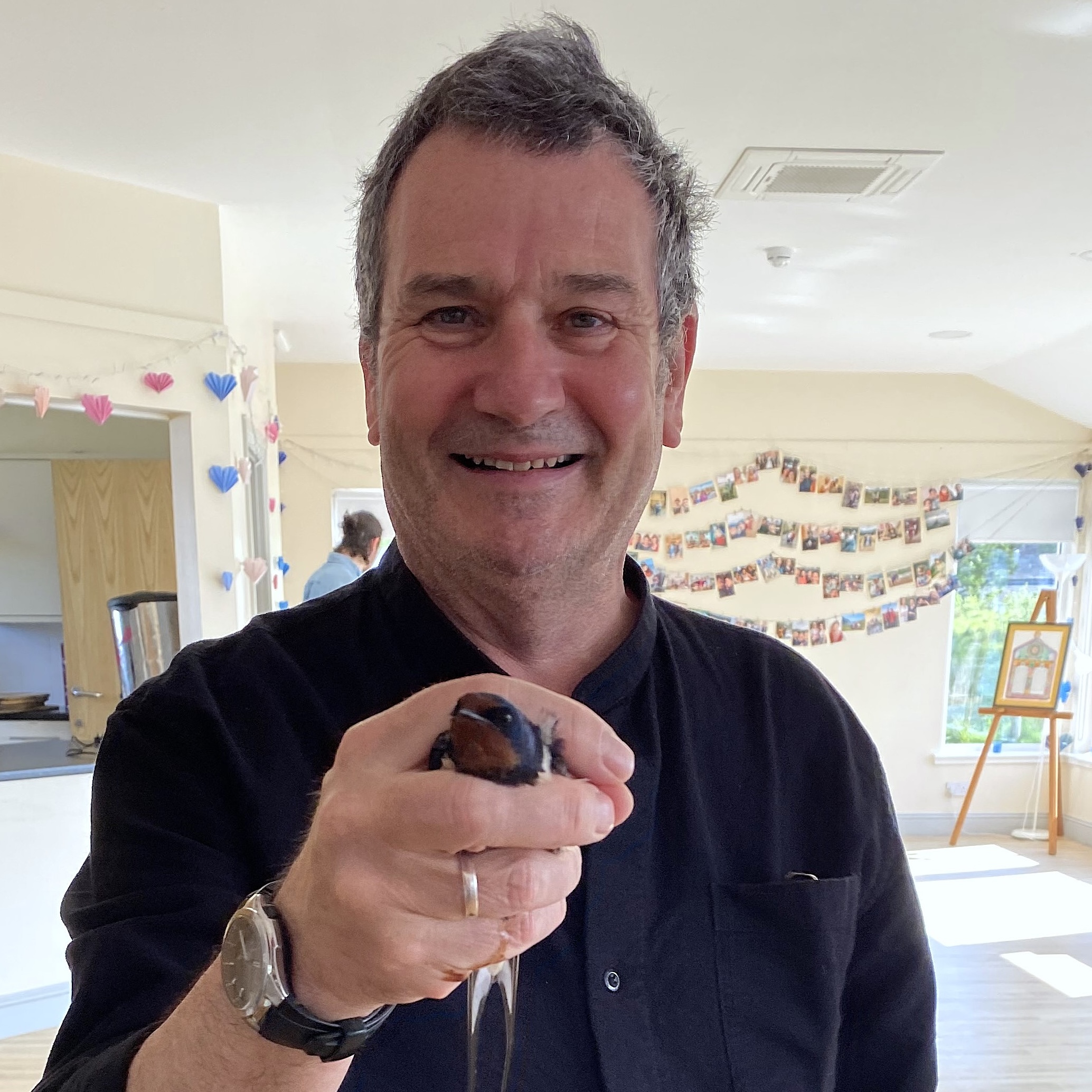'There is no acceptable level of peat for use in horticulture' say campaigners amid call for total ban on peat sales
Peat bogs sequester huge amounts of carbon — yet peat is still being cut and sold across Britain. It's time for that to stop for good, say campaigners.


Peat bogs have had an array of practical uses for past peoples. Mosses helped to create not only one of England’s most distinctive tourist landscapes, but they have supplied the raw carbon energy that previously powered an entire nation’s electricity supply. The connecting factor is the underlying peat, which was a major source of fuel wherever bogs or mires occurred. People held common rights to hand-cut the turfs to heat their homes and cook food. Medieval peat diggings in Norfolk inadvertently created the areas of shallow freshwater we now know as the Norfolk Broads.
Today in Britain, the main use for peat is in gardening — yet as we become increasingly aware of the impact of peat cutting, there have been calls. Today (10 September), open letter has been sent from The Peat-Free Partnership — which includes retailers B&Q and the Co-Op, as well as charities, compost manufacturers and conservationists — to the recently-elected Labour government, calling for a total ban on peat sales.
'There is overwhelming support for the ban on the sale of peat,' says Nicola Hutchinson, Director of Conservation, Plantlife, the host organisation for the Peat-free Partnership.
'Major retailers, the horticultural industry, MPs, conservation charities and 95% of the public backing a fully peat-free, sustainable UK horticultural industry. We’ve been talking about this for too long. We’re calling on the government to act now.'
Gardening writer Alys Fowler, a former presenter of BBC Gardener's World on the BBC, has added her voice to the campaign.
'There is no acceptable level of peat for use in horticulture — or elsewhere,' she says.
'It must stay in the ground for the sake and health of the planet, because it is a unique and precious habitat and because any form of extraction releases huge amounts of greenhouse gasses through degradation of the stored carbon held in the peat.'
Exquisite houses, the beauty of Nature, and how to get the most from your life, straight to your inbox.
Peat extraction isn't a small issue. In 2022, the horticultural industry still used 950,000 cubic metres of peat – enough to fill 380 Olympic-sized swimming pools. When you consider that a peat moor stores the carbon emissions of one million cars, you begin to see the problem clearly.
Peat extraction was at its most intense in Ireland, where 1.2 million acres, nearly half the nation’s peatland area, were destroyed during the 20th century. Even now, its electricity industry consumes four million tons annually, although climate-change concerns have led successive governments to seek to phase out extraction in the near future.
Moss once served more delicate purposes. Drawing on the super-absorbency of moss — 20 times its weight in water — Native Americans used the plant to make nappies for their children. The antiseptic properties in sphagnum moss were also recognised and, during the Napoleonic and First World Wars, mosses were widely gathered and used in millions of military field dressings.
Additional reporting: Toby Keel

Britain has 763 different types of moss — and they're varied, distinctive and strikingly beautiful
As special as orchids, as beautiful as bluebells and as important as oaks, our ground-hugging mosses are worth a look

The gardens of High Moss, a Cumbrian paradise just moments from Derwentwater
Non Morris visits the much-loved gardens of High Moss, in Portinscale, Cumbria — home of Peter and Christine Hughes — and
Mark Cocker is a naturalist and multi-award-winning author of creative non-fiction. His last book, ‘One Midsummer’s Day: Swifts and the Story of Life on Earth’, is out in paperback. A new book entitled 'The Nature of Seeing' will be published next year by Jonathan Cape.
